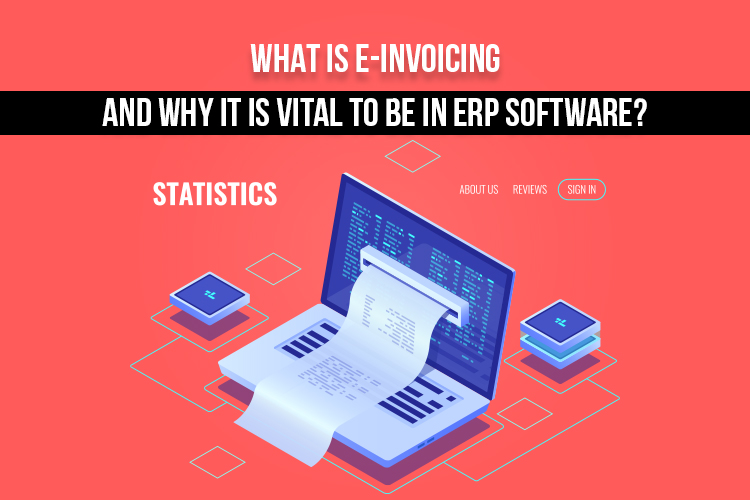Discover How AI is Revolutionizing Journey & CX in Sales & Support
Limited Seats!

The transportation of products from one place to another can be done by the filing of ‘e-Way Bills’ on the GST portal. Similarly, the GST council has decided to implement a system of e-Invoicing, which will apply to businesses that have a yearly turnover of more than 20 crores.
Though, e-invoicing doesn’t imply the generation of invoices on the GST portal.
Before we proceed further let’s find out what is E-invoicing.
Electric invoicing (e-invoicing) is a robust system created by (the GST network) GSTN; it helps GSTN authenticate the invoices for further use on the common GST portal. This electronic invoicing system assigns a unique identification number against every invoice, and this thing gets done by the Invoice Registration Portal (IRP), managed by the GST Network (GSTN).
Also, all the invoice details get automatically transferred to both the portals, the GST portal, and an e-way bill portal in real-time. And it has eliminated the manual process of filing GSTR-1 returns and generation of part-A of the e-way bills.
What is the process of getting an e-invoice?
Below we have mentioned the process of generating or raising an e-invoice.
There are some appealing benefits of e-invoicing, mentioned below:
VedaERP is an affordable ERP software developed by SAN Softwares, it helps businesses run their day-to-day operations seamlessly. Along with e-invoicing, this software has to offer plenty of other features. Below we have added all the important features that an ERP software must have.

SAN Softwares is a company dedicated to providing complete software solutions to Corporate and end-user customers.
